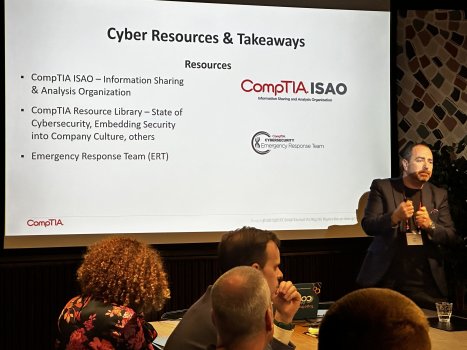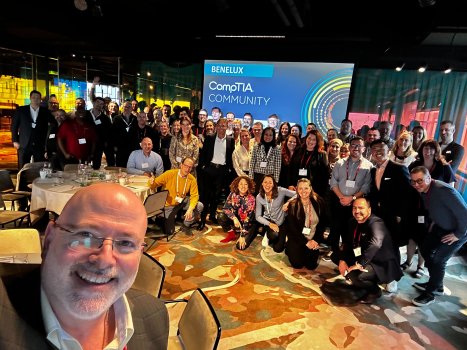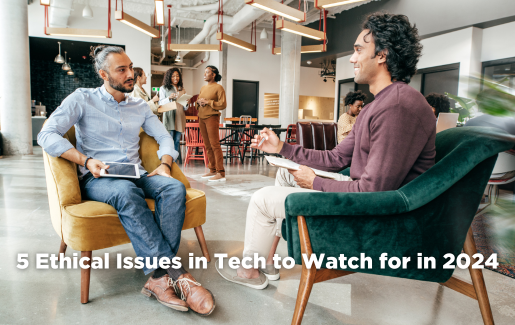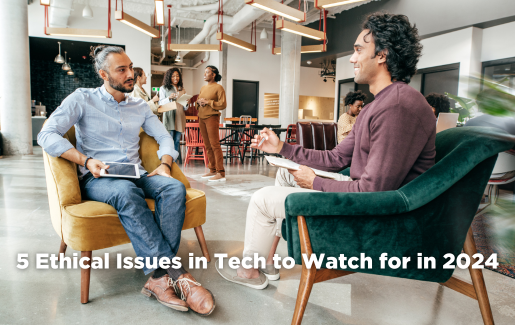ANZ/ASEAN ANZ and ASEAN February 13, 2024 Combined Interest Group Call
- By Rose Stamell
- Events & Meetings
- 0 Replies
Thank you to all 27 who attended our first Interest Group call for 2024. I think we have set a new record for attendance. I hope you're all keen to help break this record next month?
If you have any feedback on today's call, there are 4 questions in this form: https://forms.office.com/r/25Dm0MZPRw
As mentioned in the call, we have combined our 3 ANZ Interest groups to form one broader group which will cover a broader set of topics as we work our way through calls this year. Your participation with questions and insights from your own experience is what helps make these calls more valuable to all members.
One company membership gives ALL your staff access to the benefits, whether it's certification discounts, learning resources, industry research or in-person meetups or community meetings you're after, there's something there for all staff to tap into for their own benefit.
The PDF of today's slides are attached. Links you may be after below...
For ALL CompTIA Events: https://connect.comptia.org/events/all-events/
Mentorship Program:

Promo Code for ASEAN MSP ONLY Discount Offer:
ASEANPromo
Membership overview:
 Memberships Email: [email protected]
Memberships Email: [email protected]
Thank you for your time today.
Rose
If you have any feedback on today's call, there are 4 questions in this form: https://forms.office.com/r/25Dm0MZPRw
As mentioned in the call, we have combined our 3 ANZ Interest groups to form one broader group which will cover a broader set of topics as we work our way through calls this year. Your participation with questions and insights from your own experience is what helps make these calls more valuable to all members.
One company membership gives ALL your staff access to the benefits, whether it's certification discounts, learning resources, industry research or in-person meetups or community meetings you're after, there's something there for all staff to tap into for their own benefit.
The PDF of today's slides are attached. Links you may be after below...
For ALL CompTIA Events: https://connect.comptia.org/events/all-events/
Mentorship Program:

CompTIA Community Mentorship Program
The CompTIA Mentorship Program focuses on member-mentors sharing knowledge & experience to support member-mentees with their career journey.
connect.comptia.org
Promo Code for ASEAN MSP ONLY Discount Offer:
ASEANPromo
Membership overview:

Corporate Membership | CompTIA
CompTIA membership provides anyone working in the business of technology company wide access to CompTIA events, IT certification discounts, market-leading technology research and business tools to grow your technology business and career.
connect.comptia.org
Thank you for your time today.
Rose




